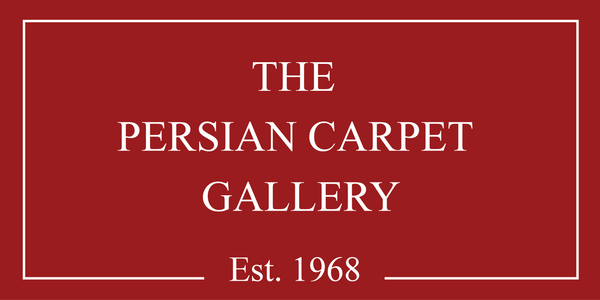16th Century Tabriz Carpet
Origin: Tabriz, 16th Century
Collection: Iran Bastan Museum, Tehran

Dimensions:
- 228 x 193 cm (90 x 76 inches)
Knot Density:
- 1,045,000 knots per square meter (674 knots per square inch)
- 95 knots per 10 cm across
- 110 knots per 10 cm lengthwise
Materials:
- Warp: Yellow silk
- Weft: Raw silk
- Pile: Pure silk
This stunning rug hails from Tabriz, dating back to the 16th century, and is currently part of the prestigious collection of the Iran Bastan Museum in Tehran. A true masterpiece of Persian craftsmanship, it showcases the intricate artistry of Turkish knot weaving. The exceptionally high knot density, at over one million knots per square meter, speaks to the meticulous skill required to create such a fine piece.
The design is a visual celebration of nature, where the delicate birds that adorn the central field of the rug bring an air of grace and beauty to the overall composition. Set against a soft, yellow field, the birds are depicted with remarkable elegance, their presence made even more striking by the vibrant contrast. On either side of the central medallion, the figures of does subtly appear, enhancing the scene’s harmonious balance and adding depth to the narrative.
As one’s eyes travel to the borders, they are greeted by poetic verses delicately inscribed in the cartouches, a hallmark of Persian art. These poems not only complement the visual elements but also imbue the rug with a deeper cultural and literary significance. The masterful use of silk in both the warp and pile, combined with the intricate knotting technique, makes this rug a true testament to the artistic heritage of 16th-century Tabriz weaving.
This extraordinary piece stands as both a functional work of art and a historical treasure, embodying the timeless beauty and cultural richness of Persian rug making.
